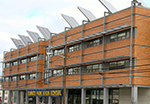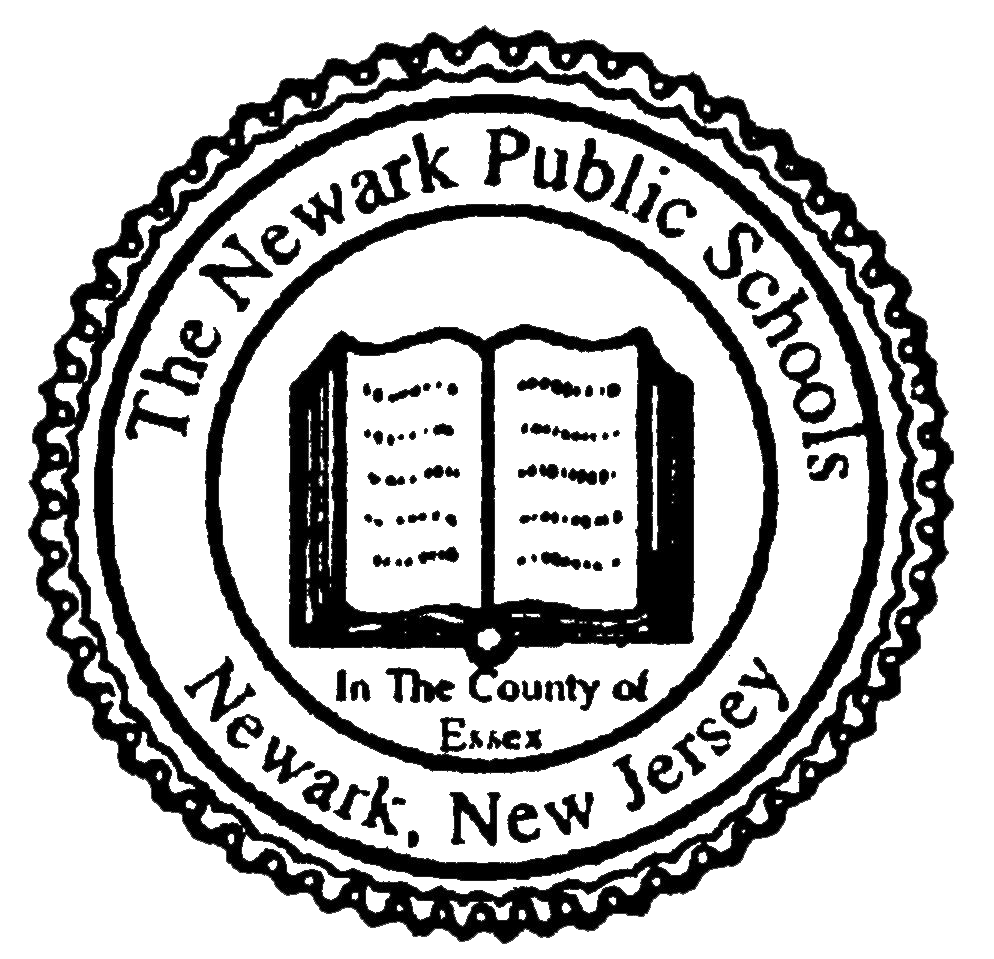Success Story: Newark Public Schools
| Project Highlights | ||
| Total Project Cost | $19,000,000 |
 Science Park High School, pictured above, is one of the Newark Public School district’s 66 schools to complete an energy benchmarking assessment through New Jersey's Clean Energy Program. |
| NJCEP Incentives | $1,515,225 | |
| Project Payback | 17 years | |
| Estimated Annual Savings | $990,000 3.94 GWh 351,000 therms |
|
| Partner | Tozour Energy Services | |
| Technologies
Condensing domestic water heater; premium efficiency motors; LED lighting; condensing boilers; direct digital controls |
||
| Project information, savings and environmental benefits were provided by the project contact. | ||
|
Benchmarking for Success Background Newark Public Schools, the largest school district in New Jersey, is working hard to make sure its facilities make the grade on energy efficiency. In 2014, the district spent more than $77 million on maintenance and operations for its 66 schools. Energy costs alone have reached $13 million for the 60 GWh of electricity, 5 million therms of natural gas and more than 200,000 gallons of fuel oil the district uses each year. Fortunately, Newark Public Schools has taken action to improve its facilities while cutting energy costs. |
|
|
Benchmarking Assessment In 2013, Newark Public Schools chose to undertake an energy assessment for all of its facilities. To get started, they turned to the free energy benchmarking services offered by New Jersey’s Clean Energy Program™. NJCEP program representatives charted each building’s energy use, providing school administrators with tools to compare the district’s buildings against the performance of similar schools across the state. The assessment revealed dramatic differences between facilities. One high school’s electric and fuel bill reached $462,310 per year, more than double the annual cost of comparable schools. The benchmarking assessment provided guidance on how NJCEP incentives could help the district invest in advanced energy saving solutions. The district plans for the remaining costs to be covered using a state program — the Energy Savings Improvement Program (ESIP) — that allows schools to pay for energy-related improvements with project energy savings. |
|
|
Our number one goal is to deliver clean and safe schools everyday that support 21st century learning. The ESIP program will catapult Newark Public Schools toward the realization of this goal. Keith S. Barton
Newark Public Schools
|
Solution As a result of the benchmarking assessment, Newark Public Schools identified several opportunities to reduce energy costs. Recommended improvements included plans to install new LED lighting, heating and cooling plants, pumps and motor controls, HVAC equipment, and monitoring and control systems. According to projections, these measures would save $990,000 in annual energy costs and $166,000 in annual maintenance. The six schools undergoing the first round of improvements are Arts High School, Barringer High School, George Washington Carver High School, Malcolm X Shabazz High School, Technology High School and Weequahic High School. The district plans to install lighting upgrades, premium efficiency motors and condensing boilers at each facility. Weequahic High School is also preparing to install a new efficient steam boiler. The recommendations would cost $19 million to implement and generate dozens of local jobs. The district is eligible to receive $1.52 million in Pay for Performance incentives through NJCEP. Under the Energy Savings Improvement Program (ESIP), Newark Public Schools plans to use the project’s energy savings to pay off the remaining balance. When the first round of recommendations are installed, the district will save 3.94 GWh of electricity and 351,000 therms of natural gas, according to projections. More energy saving improvements are expected in the years ahead. Benchmarking assessments for the district’s remaining facilities were carried out in 2014. Further energy saving improvements are planned for future phases. Beyond saving energy costs, the improvements are expected to benefit students’ education. New classroom air ventilators and LEDs will allow for greater indoor air and lighting quality, together combining to improve the productivity of both teachers and students alike. |
More Information





.jpg)

.jpg)


